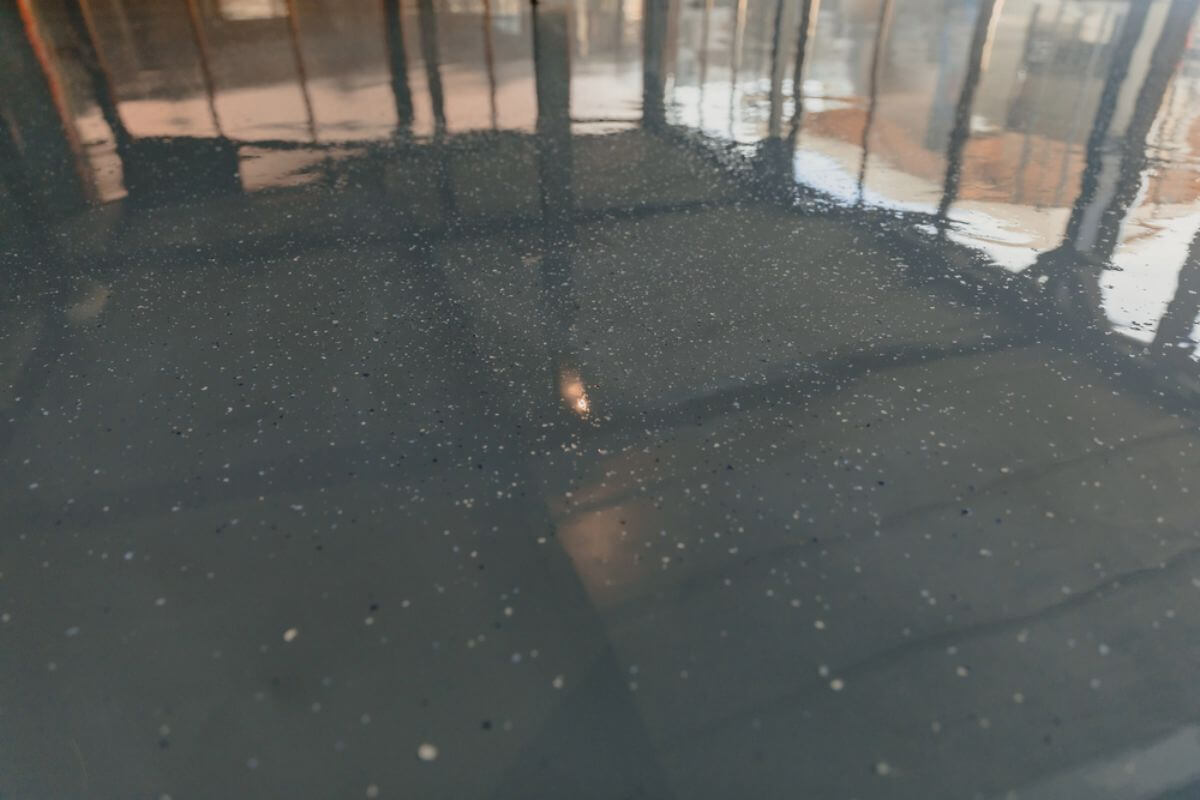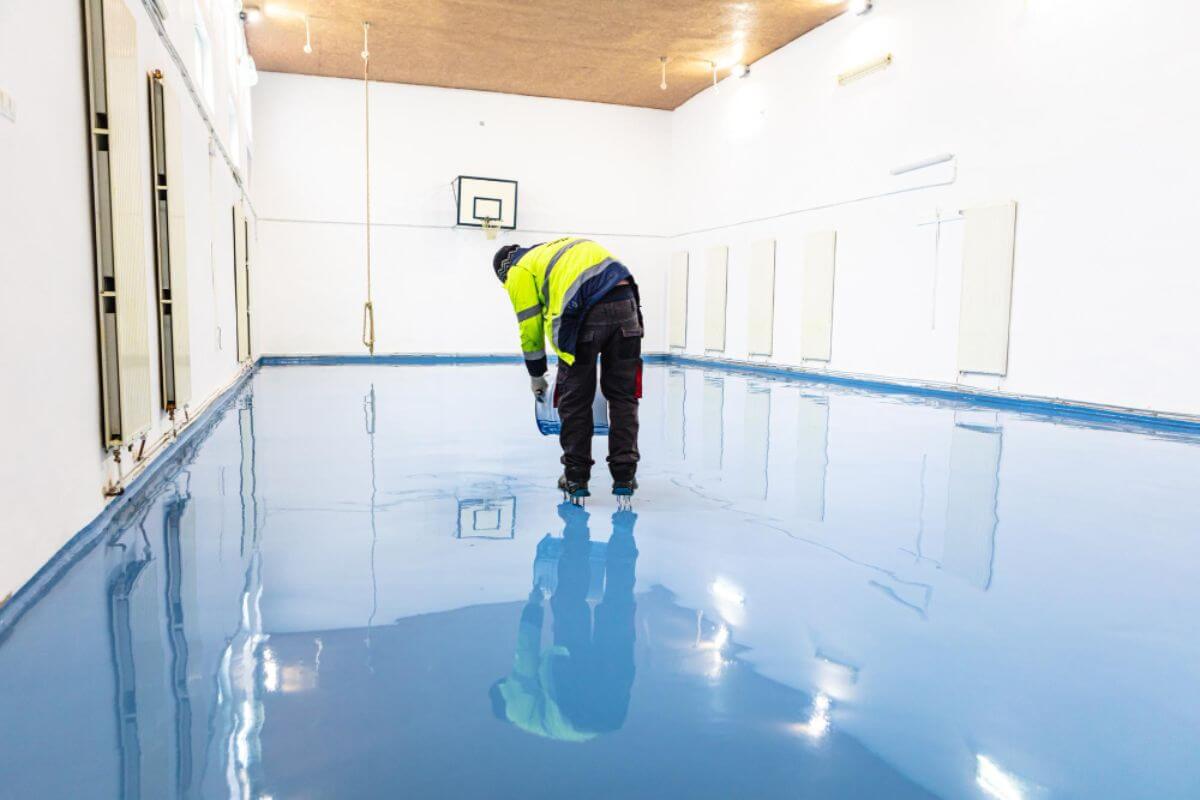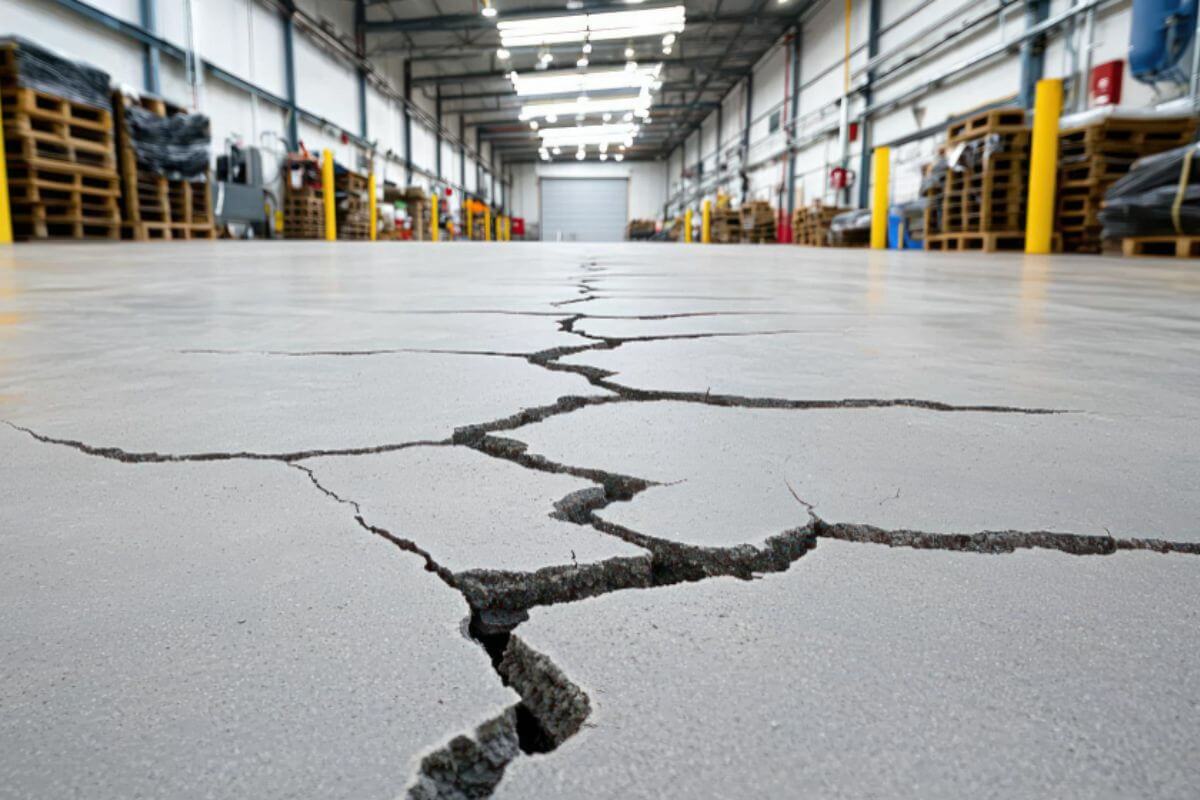5 Signs Your Kitchen Commissary Floor Needs Replacing
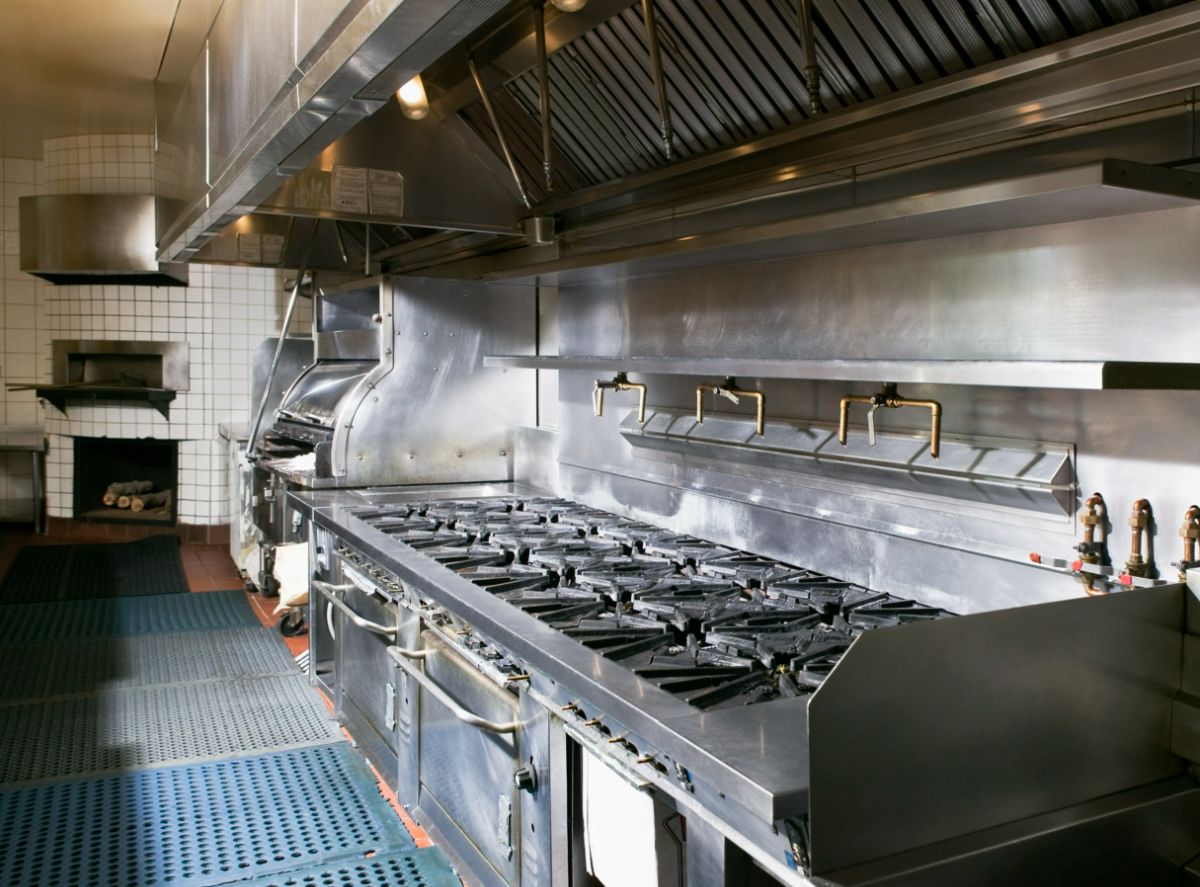
What are the signs that your kitchen commissary floor needs a replacement?
- Cracks and fractures
- Uneven or sunken areas
- Worn-out or deteriorated flooring
- Excessive wear and tear
- Persistent moisture or water damage
Overview
Kitchen commissary floors are critical for safety and hygiene in food service operations.
Signs for replacement include cracks, uneven areas, deteriorated surfaces, excessive wear, and water damage.
Choosing cost-effective and durable flooring solutions, like those offered by Flooring Solutions, is essential for maintaining a safe and hygienic kitchen environment.
The kitchen commissary is the heart of any food service operation, whether a restaurant, catering business or food production facility. A well-maintained kitchen floor ensures the operation’s safety, functionality, and hygiene. Over time, however, the flooring can undergo wear and tear, making it necessary to consider replacement.
In this article, we will explore the signs that your kitchen commissary floor needs replacing and what you can do to address the issue, ensuring a safe and hygienic environment for food preparation and service.
Cracks and Fractures
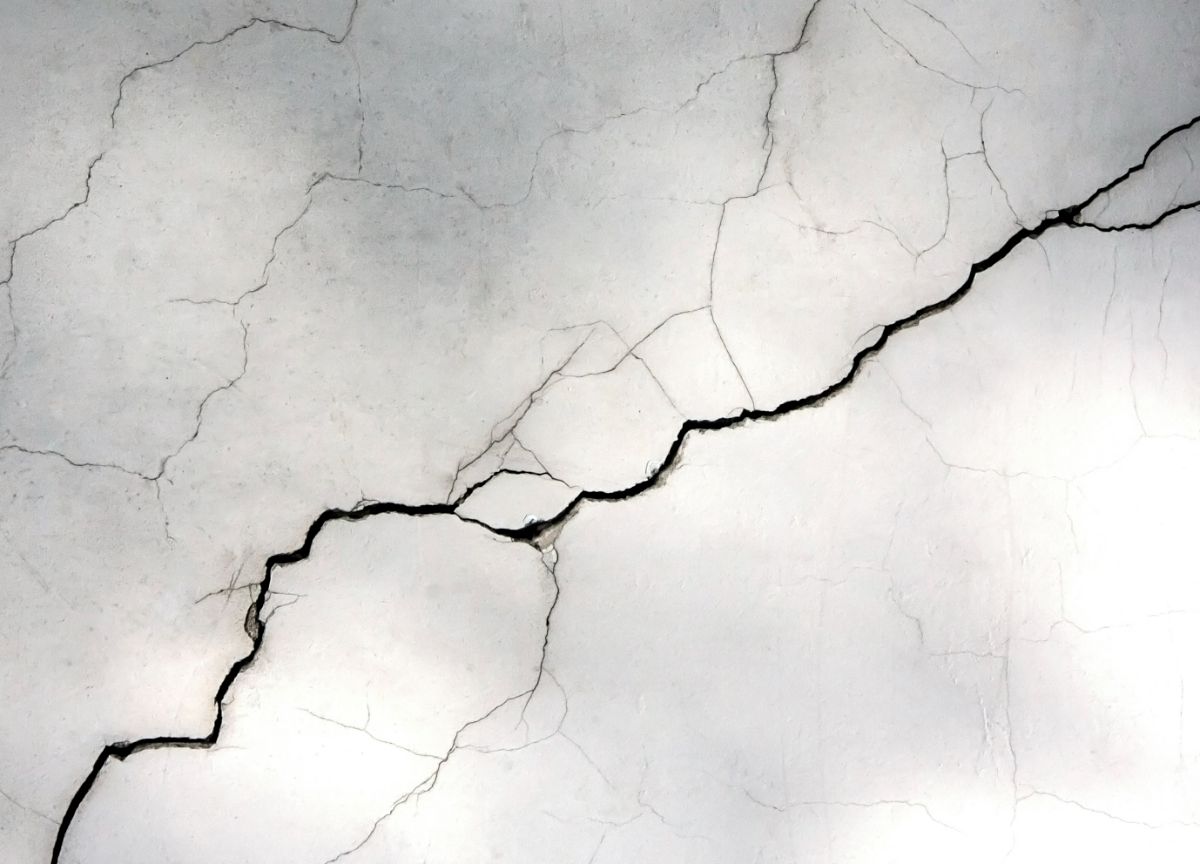
One of the most common signs that your kitchen commissary floor needs replacement is the presence of cracks and fractures. Cracks can form due to heavy foot traffic, equipment movement, or temperature changes. These issues not only pose safety hazards but can also compromise the cleanliness of the kitchen.
Additionally, the uneven surfaces it creates can increase the risk of slips and trips, putting your staff and customers at risk of harm. A deteriorating floor also detracts from the overall aesthetic appeal of your kitchen, which can affect the impression you make on customers.
Uneven or Sunken Areas
Uneven or sunken areas on your kitchen floor can cause various issues and disrupt daily operations. Not only do these uneven surfaces pose risks to the safety of your staff, but they can also make it challenging to move heavy equipment and machinery around, hindering productivity.
Uneven floors can also impede the proper drainage of water, leading to potential hygiene issues. Standing water poses slip-and-fall hazards and can create a breeding ground for bacteria and contaminants, which can compromise the cleanliness of your kitchen environment.
Worn-out or Deteriorated Flooring
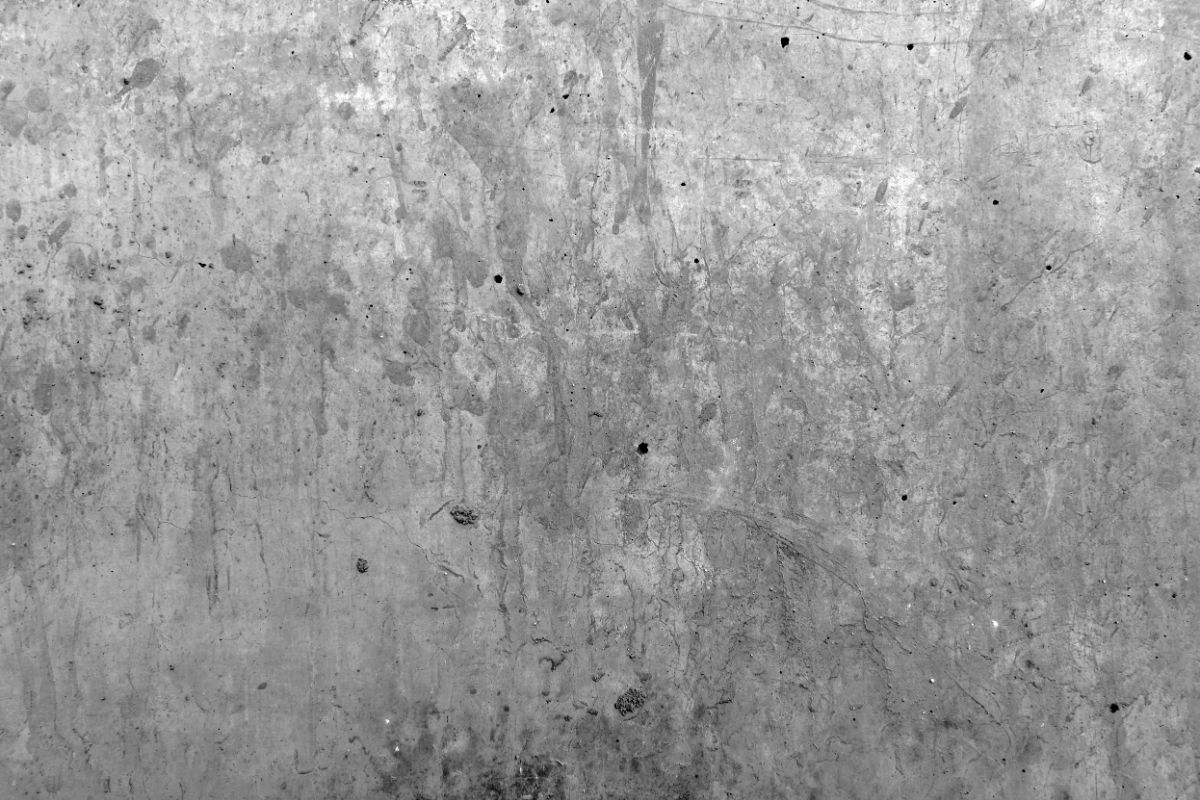
As flooring materials age, they may become less resilient to spills, stains, and damage, making cleaning and maintaining a sanitary environment difficult. This can lead to an increased risk of food contamination and potential health hazards for your staff and customers.
Deteriorated flooring also poses a direct risk to the safety of your staff. The busy nature of a kitchen commissary requires employees to move quickly and efficiently, so it is crucial to provide them with a safe working environment. Investing in high-quality flooring enhances the aesthetic appeal of your kitchen and ensures a safe and hygienic environment for everyone involved.
Excessive Wear and Tear
Regular maintenance prevents excessive wear and tear on your kitchen flooring. When neglected, the flooring can start chipping, peeling, or fading, giving your kitchen a neglected and unprofessional appearance. This reflects poorly on your business and can impact customer perception and satisfaction.
Aside from aesthetics, worn-out flooring can also have practical implications for cleaning and sanitation. As flooring surfaces deteriorate, they become more difficult to clean effectively. This compromises the overall hygiene of your kitchen, making it harder to remove spills, stains, and bacteria.
Opting for high-quality flooring that is easy to clean and maintain can save you time and effort in the long run, ensuring that you meet and surpass the necessary health and safety standards required in a commercial kitchen.
Persistent Moisture or Water Damage
Water damage in a kitchen can have far-reaching consequences if not promptly addressed. Spills and moisture are unavoidable in a kitchen setting, but when water seeps into the flooring, it can lead to soft spots and weakened structural integrity.
It can also result in the growth of mold and mildew. Mold thrives in damp environments, and a kitchen with excessive moisture provides the perfect breeding ground.
As soon as they are noticed, it is crucial to address any signs of water damage. Regular maintenance and proactive measures to control moisture levels, such as sealing surfaces or using water-resistant materials, can help prevent mold growth and maintain a safe and healthy environment for everyone in the kitchen.
Key Takeaway
Taking heed of the signs that your kitchen commissary floor needs replacing is an investment, but balancing the upfront expenses with the long-term benefits is essential. Consider your budget and compare the costs of various flooring options to find a solution that suits your needs and financial capabilities.
Revitalize your kitchen commissary and invest in the longevity and safety of your space with Flooring Solutions! Contact us today and explore our cost-effective, durable flooring options tailored to your budget and needs. Don’t compromise on safety and hygiene—upgrade your kitchen commissary with us.
